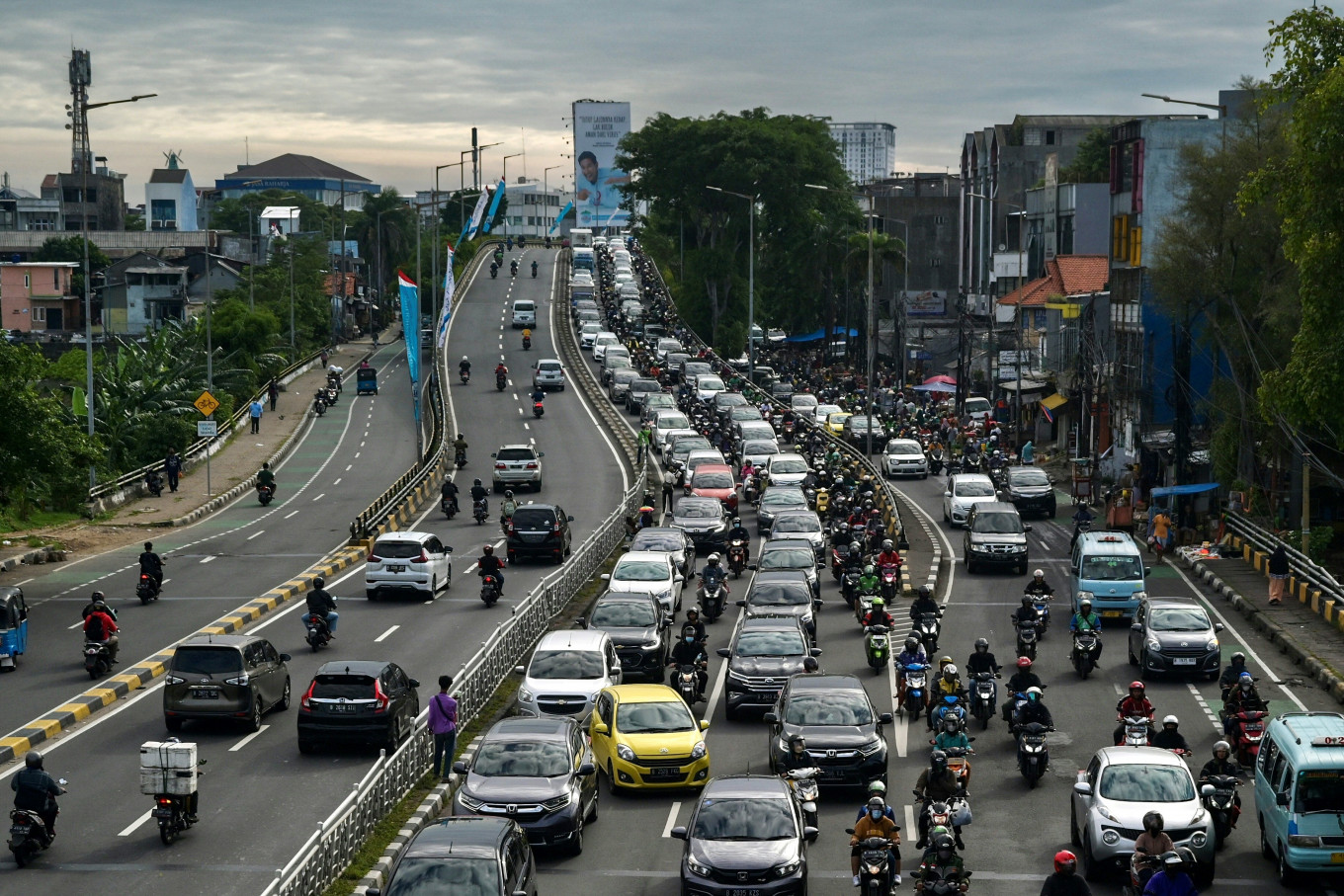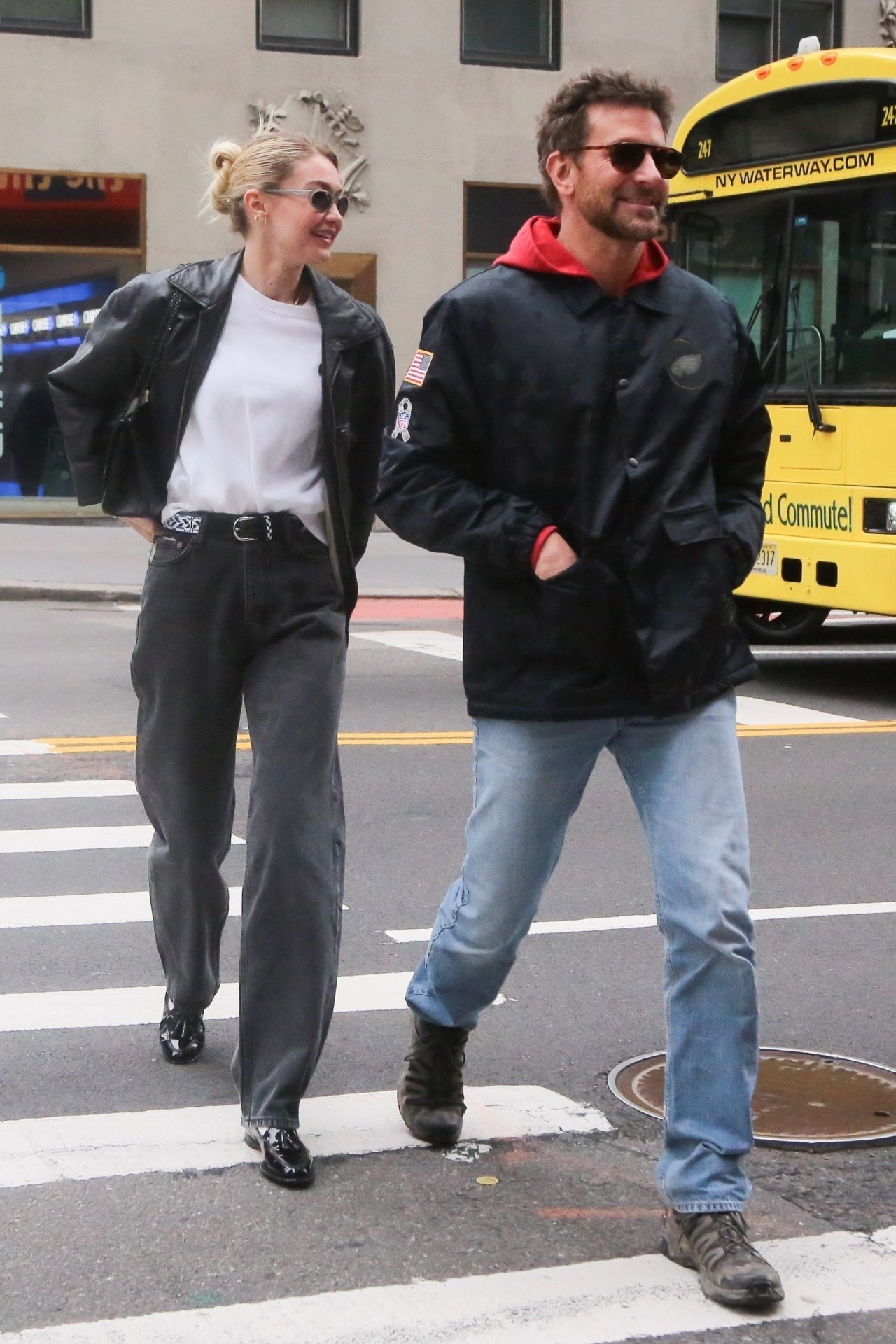Darjeeling's Traffic Problem: A Detailed Analysis

Table of Contents
The Causes of Darjeeling's Traffic Congestion
Darjeeling's traffic woes are a complex issue with multiple contributing factors. Understanding these causes is crucial to developing effective solutions.
Inadequate Infrastructure
Darjeeling's infrastructure is simply not equipped to handle the current volume of vehicles. This is a major contributor to the ongoing traffic congestion.
- Narrow Roads: Many roads, especially in the older parts of the town, are incredibly narrow, designed for a far smaller volume of traffic than currently exists. This creates significant bottlenecks, especially during peak hours.
- Parking Deficiencies: The lack of adequate parking facilities forces many drivers to park haphazardly on the roadsides, further constricting traffic flow. This is particularly problematic in popular tourist areas like Mall Road.
- Limited Public Transportation: Insufficient and often unreliable public transportation options compel residents and tourists to rely heavily on private vehicles, exacerbating the problem.
- Poor Road Maintenance: Poor road maintenance and frequent road closures for repairs add to the existing congestion, causing further delays and disruptions.
Specific examples of infrastructure deficiencies include the chronic bottlenecks on Mall Road and the lack of bypass roads to alleviate pressure on the main arteries of the city. The absence of a comprehensive transportation plan further compounds these issues.
The Tourist Influx
The significant influx of tourists, particularly during peak seasons, overwhelms Darjeeling's already strained infrastructure.
- Seasonal Surges: Tourist numbers surge dramatically during peak seasons (spring and autumn), creating immense pressure on the town's roads and parking facilities.
- Private Vehicle Dependence: Many tourists arrive in their own vehicles, adding to the congestion rather than utilizing existing (or non-existent) public transportation.
- Ineffective Traffic Management: The existing traffic management systems are often overwhelmed during peak periods, leading to chaotic conditions and significant delays.
Peak seasons witness a dramatic increase in Darjeeling traffic, with vehicles often crawling at a snail's pace. This negatively impacts the tourist experience and leads to frustration for both visitors and residents.
Unplanned Urban Development
Haphazard urban development has significantly contributed to Darjeeling's traffic problems.
- Lack of Comprehensive Planning: The absence of a comprehensive urban plan has resulted in haphazard construction and inadequate consideration of traffic flow.
- Increased Vehicle Ownership: The increase in vehicle ownership has not been accompanied by corresponding improvements in infrastructure.
- Construction Impact: Construction projects often disrupt traffic flow without adequate mitigation strategies in place.
Examples of unplanned developments include buildings encroaching on roads and the lack of adequate road widening projects to accommodate the growing number of vehicles. This further hinders traffic flow and exacerbates the existing congestion.
The Impact of Darjeeling's Traffic Problem
The consequences of Darjeeling's traffic congestion extend far beyond mere inconvenience. They significantly impact the town's economy, environment, and social fabric.
Economic Consequences
The traffic problem has significant economic repercussions for Darjeeling.
- Tourism Revenue Loss: Traffic delays and negative travel experiences deter tourists, leading to a potential loss of valuable tourism revenue.
- Increased Transportation Costs: Businesses and residents face increased transportation costs due to longer travel times and fuel consumption.
- Reduced Productivity: Traffic jams reduce efficiency and productivity, impacting businesses and the overall economy.
Estimates of the economic losses caused by Darjeeling's traffic congestion are difficult to obtain but are undoubtedly significant and affect the livelihoods of many.
Environmental Impact
The constant traffic jams have a detrimental effect on Darjeeling's environment.
- Pollution: Idling vehicles contribute to increased air and noise pollution, damaging the air quality and the overall tranquility of the hill station.
- Carbon Emissions: Increased traffic leads to higher carbon emissions, contributing to climate change.
- Aesthetic Degradation: Traffic congestion negatively impacts the natural beauty of Darjeeling, detracting from its charm.
The environmental cost of Darjeeling's traffic congestion is substantial and threatens the very essence of this beautiful hill station.
Social Impact
The impact of Darjeeling's traffic congestion on the social fabric of the town is considerable.
- Increased Stress: Traffic jams lead to increased stress and frustration for residents and tourists alike.
- Emergency Service Delays: Congestion can delay the response time of emergency services, potentially endangering lives.
- Disruption of Daily Life: The constant traffic jams disrupt the daily lives of residents, making simple tasks more challenging.
The cumulative effect of these social impacts contributes to a decreased quality of life for the people of Darjeeling.
Potential Solutions to Darjeeling's Traffic Woes
Addressing Darjeeling's traffic challenges requires a multi-faceted approach involving infrastructure improvements, sustainable tourism practices, and effective urban planning.
Improved Infrastructure
Investing in better infrastructure is crucial to alleviating congestion.
- Road Widening & Bypass Roads: Widening existing roads and constructing new bypass roads can significantly improve traffic flow.
- Parking Facilities: Developing adequate and strategically located parking facilities is essential to reduce haphazard parking on roads.
- Public Transportation: Investment in an efficient and reliable public transportation system, including improved bus services and potentially cable cars, is vital to reduce reliance on private vehicles.
- Smart Traffic Management: Implementing smart traffic management systems using technology can optimize traffic flow and reduce congestion.
These infrastructure improvements require substantial investment and careful planning but are essential for long-term solutions.
Sustainable Tourism Practices
Promoting sustainable tourism practices can help manage the influx of tourists and reduce the pressure on Darjeeling's infrastructure.
- Eco-Tourism Promotion: Encouraging eco-tourism and responsible travel can minimize the environmental impact of tourism.
- Public Transport Encouragement: Promoting the use of public transportation by tourists can reduce the number of private vehicles on the roads.
- Stricter Regulations: Implementing stricter traffic regulations, particularly during peak seasons, is necessary to manage traffic flow effectively.
Sustainable tourism is crucial for the long-term preservation of Darjeeling's natural beauty and its ability to support tourism sustainably.
Effective Urban Planning
Comprehensive urban planning is critical to managing future growth and preventing further traffic congestion.
- Comprehensive Planning: Developing a comprehensive urban plan that considers future growth and traffic management is crucial.
- Traffic Management Integration: Integrating traffic management considerations into all development projects is essential.
- Stricter Enforcement: Stricter enforcement of building codes and regulations is necessary to prevent further encroachment on roads and other infrastructure.
Long-term solutions demand a commitment to proactive and comprehensive urban planning.
Conclusion
Darjeeling's traffic problem is a complex issue arising from a combination of inadequate infrastructure, a significant tourist influx, and unplanned urban development. The consequences are far-reaching, impacting the economy, environment, and social fabric of this iconic hill station. Addressing this challenge requires a concerted effort focusing on significant infrastructure improvements, the adoption of sustainable tourism practices, and the implementation of effective urban planning strategies. Only through such a comprehensive and collaborative approach can we hope to alleviate Darjeeling's traffic congestion and preserve the unique beauty and charm of this treasured destination. Let's work together to find effective solutions to the Darjeeling traffic problem and ensure a sustainable future for this beloved hill station.

Featured Posts
-
 1 050 Price Surge At And T Details Broadcoms Impact On V Mware Costs
May 05, 2025
1 050 Price Surge At And T Details Broadcoms Impact On V Mware Costs
May 05, 2025 -
 Thunderstorm Watch Kolkata And Adjacent Areas Under Me T Departments Scrutiny
May 05, 2025
Thunderstorm Watch Kolkata And Adjacent Areas Under Me T Departments Scrutiny
May 05, 2025 -
 Ai Digest Transforming Repetitive Scatological Data Into Informative Podcasts
May 05, 2025
Ai Digest Transforming Repetitive Scatological Data Into Informative Podcasts
May 05, 2025 -
 Changes To Ufc 314 Ppv Card Prates Vs Neal Fight Scrapped
May 05, 2025
Changes To Ufc 314 Ppv Card Prates Vs Neal Fight Scrapped
May 05, 2025 -
 Rethinking Middle Management Their Vital Contribution To Organizational Success
May 05, 2025
Rethinking Middle Management Their Vital Contribution To Organizational Success
May 05, 2025
Latest Posts
-
 Gigi Hadid And Bradley Cooper Instagram Post Confirms Romance
May 05, 2025
Gigi Hadid And Bradley Cooper Instagram Post Confirms Romance
May 05, 2025 -
 Gigi Hadid Confirms Bradley Cooper Relationship With Kissing Photo On Instagram
May 05, 2025
Gigi Hadid Confirms Bradley Cooper Relationship With Kissing Photo On Instagram
May 05, 2025 -
 Is Gigi Hadid The Reason For Bradley Cooper And Leonardo Di Caprios Broken Friendship
May 05, 2025
Is Gigi Hadid The Reason For Bradley Cooper And Leonardo Di Caprios Broken Friendship
May 05, 2025 -
 Gigi Hadid The Reason Behind Bradley Cooper And Leonardo Di Caprios Falling Out
May 05, 2025
Gigi Hadid The Reason Behind Bradley Cooper And Leonardo Di Caprios Falling Out
May 05, 2025 -
 Gigi Hadid Prioritizes Drama Free Dating Bradley Cooper And Leonardo Di Caprio Stay Distant
May 05, 2025
Gigi Hadid Prioritizes Drama Free Dating Bradley Cooper And Leonardo Di Caprio Stay Distant
May 05, 2025
